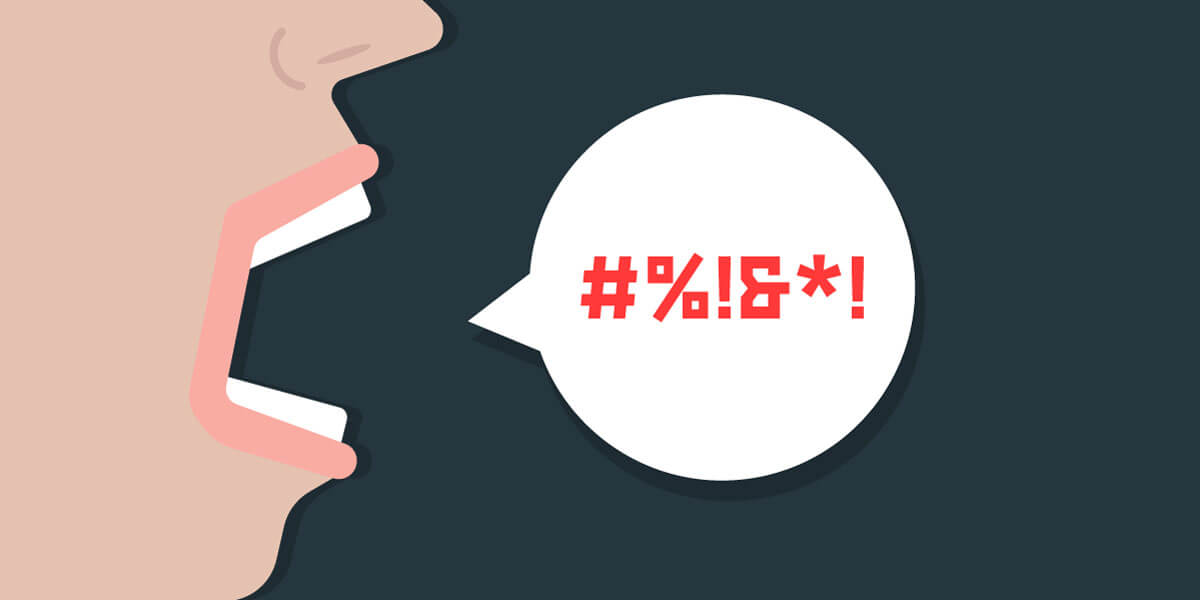Emma Skidmore
es320518@ohio.edu
Demonstrations in cities like Charlottesville in 2017, and social media have become a breeding ground for hateful action. The New York Times reported that 11,696 posts featured an anti-Semitic hashtag after the Tree of Life Synagogue shooting in Pittsburgh. With social media becoming an increasingly vital part of journalism and media, how do reporters cover this with as much care as possible?
 |
| Picture source: https://viterbischool.usc.edu/news/2020/07/context-reduces-racial-bias-in-hate-speech-detection-algorithms/ |
What reporters can do
Precise language is always important in news writing, but when covering sensitive issues like demonstrations concerning hate speech, it's importance is amplified. An article by Poynter suggested steering clear of labels such as "far-right," "alt-right" because of their lack of clarity, and "terrorism" if you do not yet know the intentions of the perpetrator. They stress that it's important to describe exactly what happened and how. Images should include context but should not "reward hate groups with notoriety." Shorthand writing should also be avoided to offer the utmost amount of clarity to the reader. In a separate article by Poynter, it admits that media coverage of hate crimes is made difficult because of the lack of reliable evidence.
According to Propublica, more than half of hate crime victims do not report it to the police. When it comes to hate crimes, journalists are not only responsible for reporting accurate information, but they're responsible to have a system for reporting it when it happens. Poytner wrote, "But even as hate crimes occur with more frequency, newsrooms for the most part tend to treat them as individual problems, not as systemic problems that require better follow-through and focus." Having a strategy will not only result in better coverage produced by the journalist, but more informative content for the reader that is more likely to produce a change.
Journalists are responsible for reporting the truth, and the truth is that this is something that happens in our country that cannot be ignored. The truth is that journalists need to be focused on the core truth of informing the public with a purpose to avoid giving unnecessary and undeserved fame to hate groups. Better coverage of hate crimes will also help to fill in the gaps where they go unreported, and serve more victims by making their voices heard. It is also important to cover hate crime and hate speech outside of events like Charlottesville to give more context and show that this is a real thing in the U.S., whether it is reported statistically or not.
In a piece by the New York Times, reporter Adeel Hassan reported that hate crimes have increased in large cities, as well as the fact that Latinos are facing more violence with immigration issues. Hassan offers a comprehensive and informative look at how hate crime has affected the U.S. outside of extreme demonstrations, which is an important part of the picture.
What PR agencies can do
PRSA offers a look a what constitutes hate speech in their article, "Hate Speech and Ethics: A 3-Dimesional Issue." Author Tim O'Brien writes the legal protections, common definitions and over-usage all play a part in identifying hate speech. Hate speech and speech that incites violence are also treated differently on a national level. The U.S. Supreme Court ruled that unless the speech "intentionally and effectively provokes a crowd to immediately carry out acts of violence," it cannot be punished.
Companies like YouTube, Google, Twitter and Facebook have all taken steps to remove hate speech from their platforms, but there is no single definition that explains what the outlet considers hate speech. It is evident that companies need to be more clear about what they consider hate speech, and make it universal across all platforms. PRSA also advocates for promoting an accurate definition of hate speech, as they reason that over-usage of the word could cause it to lose it's full meaning. PRSA writes, "Two people, who under the protections of the FIrst Amendment and all other guidelines, should be able to engage in a spirited debate on the issue."
PR Daily encourages PR professionals to include and focus on core values on diversity and racial justice. They also advocate for a statement about hate speech to be included in the social media policy for employees to make it clear that hate speech is not tolerated in any form, even on personal social media.
No comments:
Post a Comment